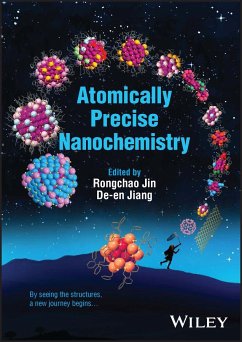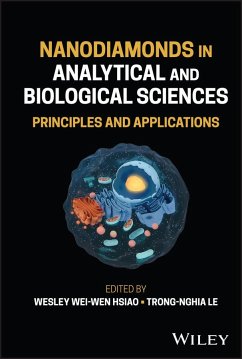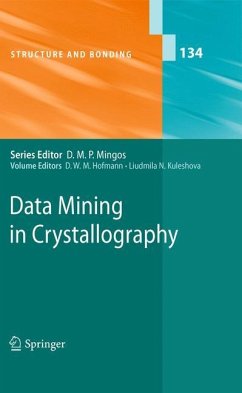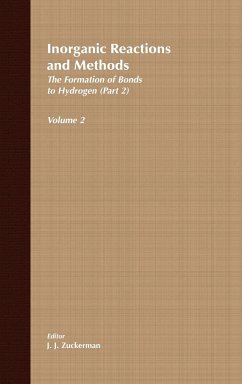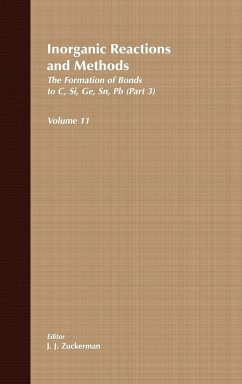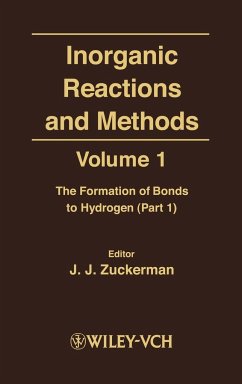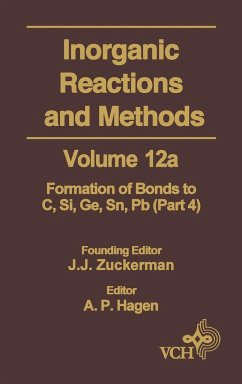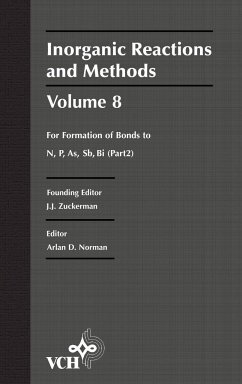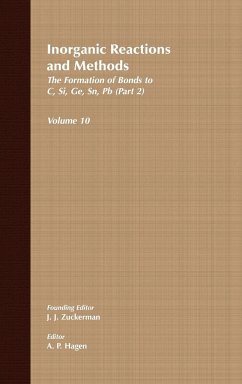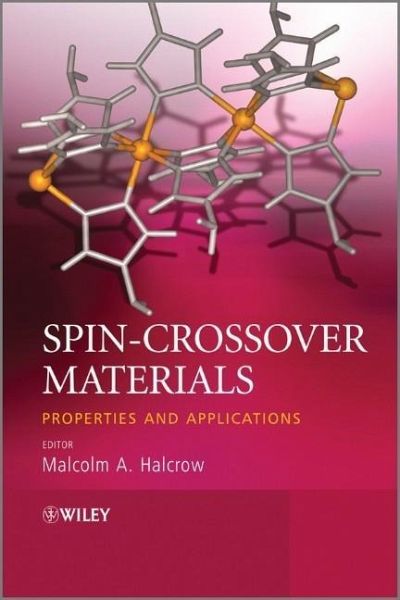
Spin-Crossover Materials
Properties and Applications
Herausgegeben von Halcrow, Malcolm A.
Versandkostenfrei!
Versandfertig in über 4 Wochen
204,99 €
inkl. MwSt.
Weitere Ausgaben:

PAYBACK Punkte
102 °P sammeln!
Beginning with an introductory chapter describing thespin-crossover phenomenon and a historical overview of the fieldsince it was first observed in the 1930s, this book looks at recentadvances in the chemistry of "traditional"spin-crossover complexes and materials containing iron(II),iron(III) or cobalt(II). Other topics include various types ofspin-state transition, multi-functional and nanoscalespin-crossover materials, and new experimental and theoreticaldiscoveries about the physical mechanism of spin-crossover at themolecular level and in bulk materials.




